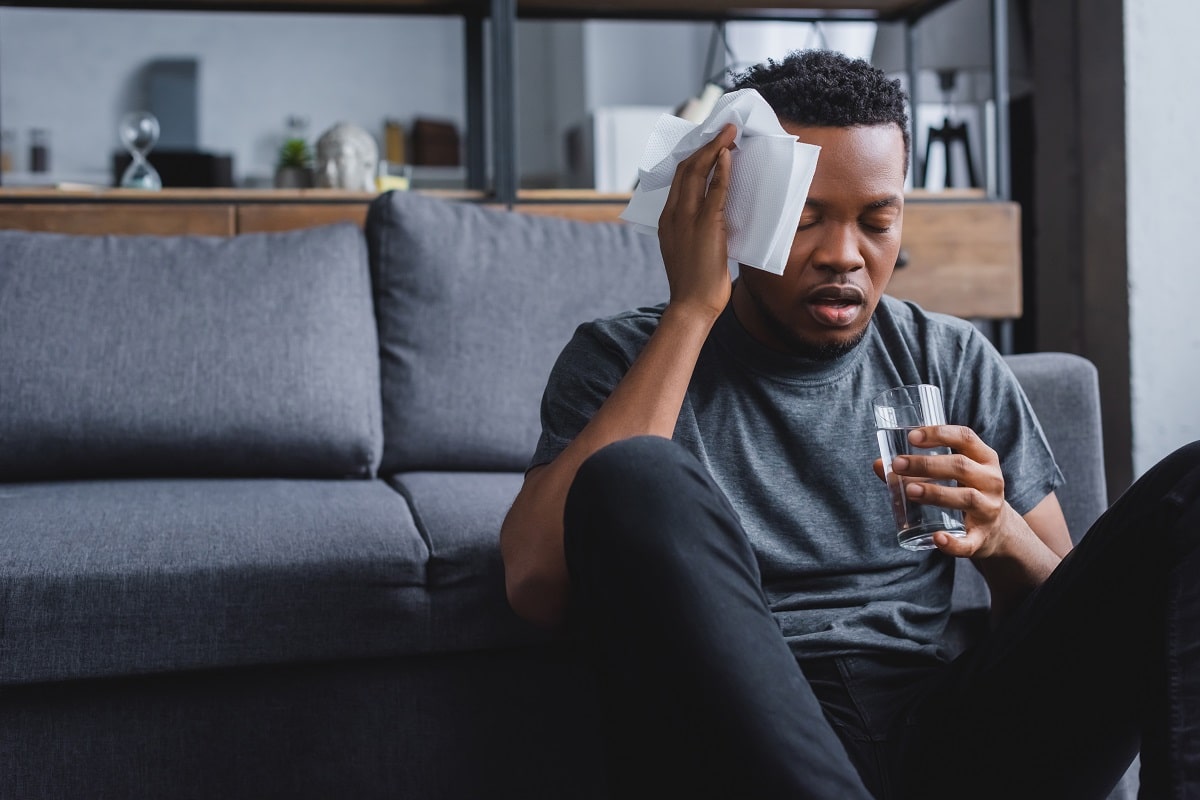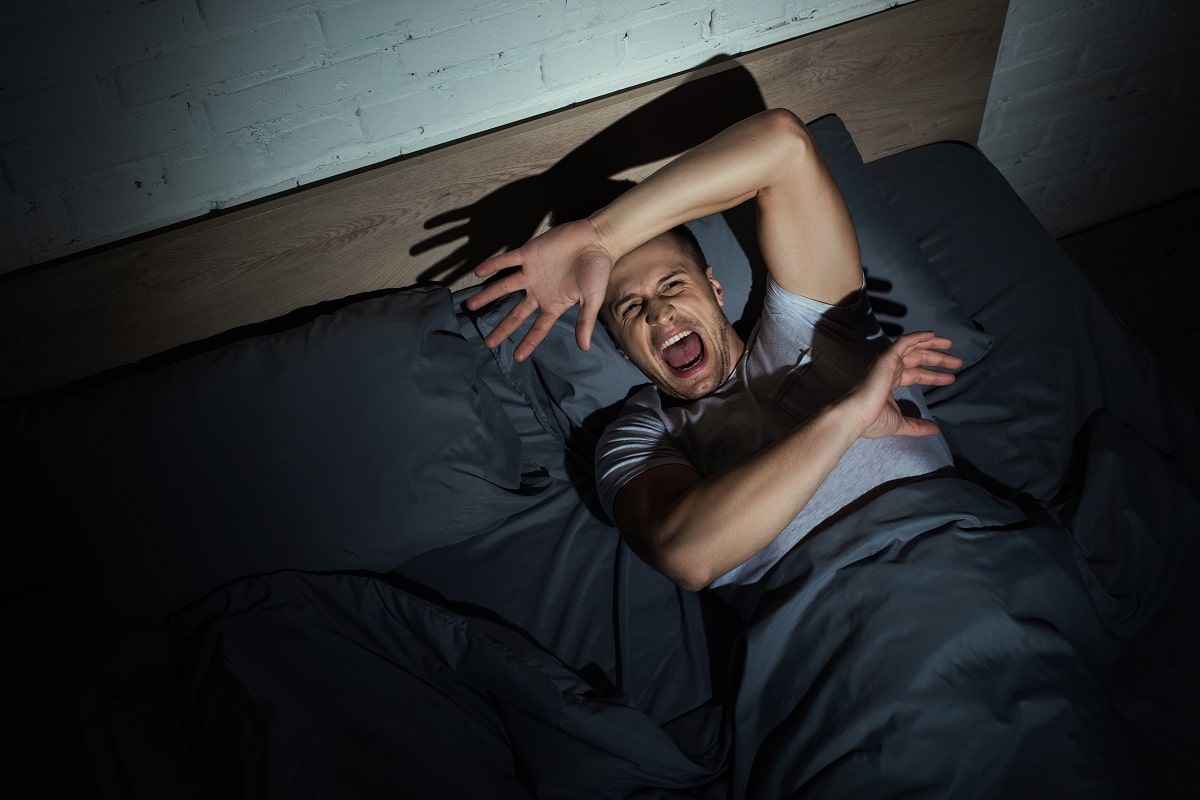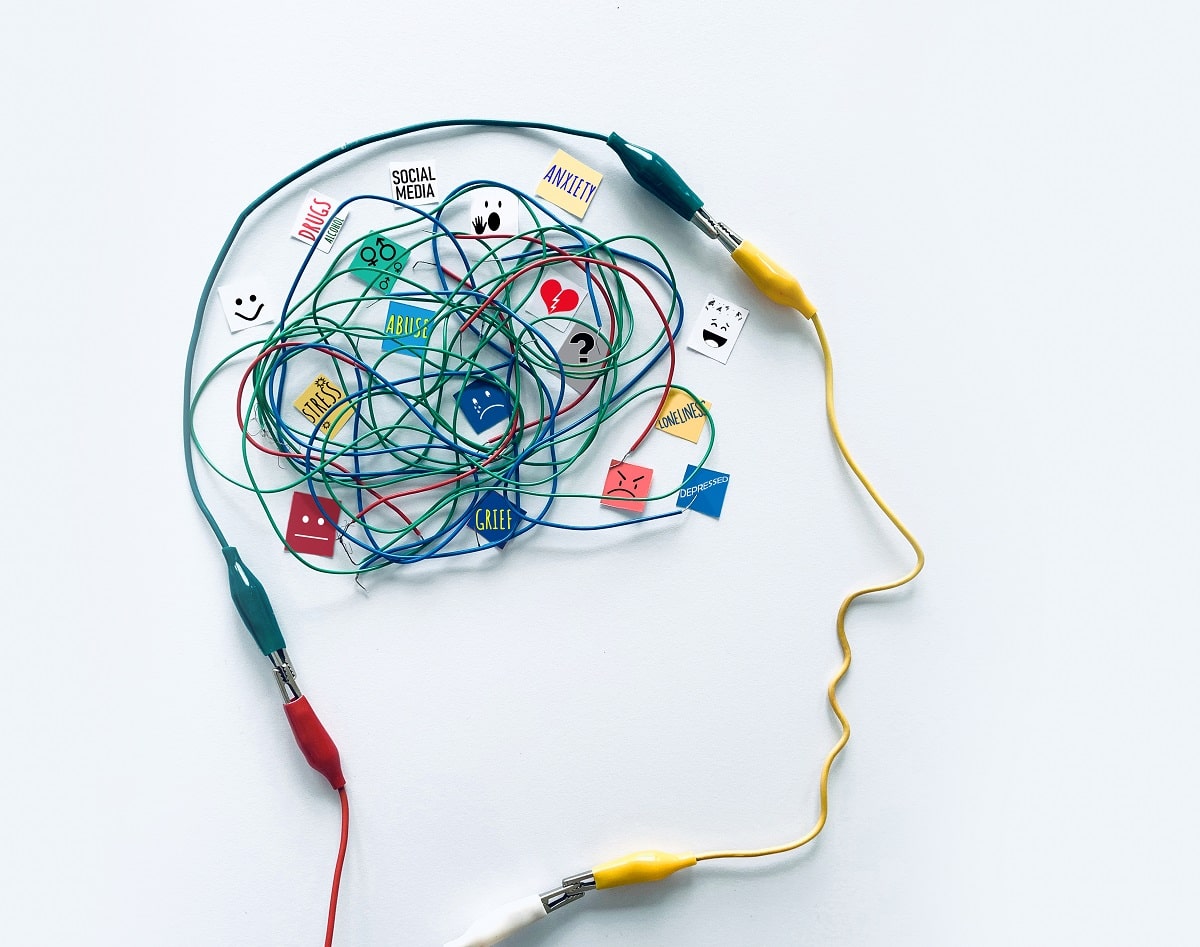It manifests itself with severe physical symptoms. It is a frightening moment when a person with panic disorder may think they are having a heart attack or are about to die. You can find out if you are experiencing a panic attack by taking a panic attack test. A panic attack can occur at work, at school, on the street, in traffic, or while sitting calmly at home.
A panic attack peaks 10 minutes after it starts. It usually takes 10–30 minutes. Rarely, it can take up to an hour. After the panic attack is over, the person feels very tired. This fatigue can take hours to pass. The psychological effects of panic attacks last longer.
It has become necessary to learn and understand the concept of "panic attack", which we frequently encounter or hear in today's society, and the concept of "panic disorder", which defines a psychiatric illness of these attacks, and to fight against diseases.
Panic attack: It can be defined as an attack of fear and anxiety that usually starts unexpectedly and recurs, reaching the most severe level in less than 10 minutes and lasting approximately 30 minutes. It is a state of exaggerated excitement in the face of depression or phobia and is not considered a disease by itself.

How do panic attacks occur?
Panic attack, which causes the person to feel himself in the middle of danger when there is no danger, is a psychological disorder that reduces the quality of life considerably. Normally, the feeling of fear allows the person to continue his life safely. This feeling, which occurs when the person is faced with a really dangerous situation, enables the sympathetic system in the body to activate, allowing the person to escape or fight the danger.
With the activation of the sympathetic system, the person's breathing accelerates. In addition to this situation, which makes you feel as if you are short of breath, the heartbeat accelerates. It causes one's own heartbeat to be felt. It causes feelings such as a quickening of the heart rate, hot flashes, sweating, or shivering, which cause blood pressure to rise and more blood to be pumped throughout the body. All these reasons, caused by the sympathetic system's desire to "escape from danger", cause less blood to be pumped to the skin and digestive system organs that do not need it at that moment, causing the person to show symptoms such as numbness, tingling, nausea, or vomiting.
With the change in the amount of blood and, thus, oxygen in the brain, the person may feel strange and be about to lose control. This abrupt onset lasts for 5 to 30 minutes. However, what happens in this process affects the person a lot.
What are panic attack symptoms?
The biggest feature of a panic attack is that it cannot be predicted when it will start or end. The sudden onset of fear and panic usually peaks within the first 10 minutes and ends in an average of 15 minutes. The common symptoms of panic attacks, which are more common in women than men, can be listed as follows:
- Feeling of pressure in the chest,
- Acceleration of the heart,
- Heart palpitations,
- Shortness of breath,
- Choking feeling,
- Dry mouth,
- Sweating,
- Shake,
- Hot flushes,
- Numbness in the limbs,
- Tingle,
- Nausea,
- Vomiting,
- Dizziness,
- Headache,
- Feeling of fainting,
- The feeling of losing control
- Feeling of having a heart attack,
- A sense of loss of mind or insanity
- Fear of death

What to do in a panic attack crisis
Here are the things to do during a panic attack:
- The attack must be classified correctly: The most important thing is to understand that you are not really in danger. It should be known that the heart is still beating and life is not in danger.
- Awareness: It should be remembered that this is a panic attack; physical symptoms are only caused by thoughts and fears. The individual says to himself, "This is not a heart attack; this is a panic attack. My fear center started working on its own. It will pass soon; it has passed before." Such suggestions should be made.
- Distraction: The situation where the panic started should be abandoned for the moment, and a place to calm down should be found. Looking around and naming objects in the area can also help to distract and get rid of negative thoughts.
- Correct breathing must be given: Correct breathing is very important. By breathing slowly and exhaling into the lower abdomen, breathing is better regulated, and the heartbeat is normalized.
- Thoughts must be rechecked for correctness.
- Focus on thoughts that make you feel good.
- Breathing exercises should be done: Excessively deep breathing increases panic attacks. Patients with this complaint are asked to breathe into a bag until the "seizure" passes.
- It is important to look at the clock at the beginning of each attack and to write down how long it lasted when it ended. Seeing that the attack duration, which seems like hours, is only minutes, will increase the patient's resistance to subsequent attacks.

Things not to do during a panic attack:
- Attacks should not be feared. Most of the time, the reactions of the body during an attack can be frightening. These are natural responses to protect the body. With mindfulness practices, the mind can move into the present, and the focus can be taken from the physical responses.
- During panic, the person may feel that he is going to go crazy or die. The person should remind himself that these thoughts are not true; they are distorted thoughts.
- At the time of the attack, the next attack should not be considered.
- During the attack, substances such as cigarettes and alcohol should not be used. These substances will not only cause the attack to pass but will also cause it to aggravate.

What changes do panic attacks cause in a person's life?
Untreated panic attacks can seriously disrupt the comfort of life in various aspects. These:
- Fear of driving, fear of leaving home
- Frequent desire to seek medical care
- Avoiding social situations
- Problems at work and school
- Depression, anxiety, and other psychological problems
- Suicide and suicidal thoughts
- Tendency toward alcohol and substance use
- financial problems
In some people, panic disorder may be accompanied by the fear of crowded open spaces and places, which is expressed as agoraphobia over time. The reason for this is that the person feels that he cannot get away from these environments at the time of the attack.

Is panic disorder treatable?
Panic disorder is a treatable disease. Psychiatrists know this disease very well. Today, there are two types of treatments, the effectiveness of which has been proven by scientific research. These are medications and psychotherapy.
Drug Treatment: In the treatment of panic disorder, drugs are used that prevent panic attacks by correcting the hormonal activities in the brain nerve cells. Currently, there are many drugs that are good for this disease in our country. Your doctor will choose one of these drugs and recommend that you start with a small dose and increase the dose as needed with regular monitoring.
After at least one year of drug therapy, it will be gradually tapered and discontinued.
Psychotherapy: Many psychotherapy techniques give effective results in the treatment of panic disorder. The most commonly applied ones are cognitive behavioral therapy and EMDR therapy. The most effective results are obtained with the application of these two types of treatment together.
What Can You Do for Yourself to Prevent Panic Attacks?
- Self-help books for anxiety based on the principles of cognitive behavioral therapy can be read.
- In addition to wellness sports such as Pilates or yoga, calming massages or aromatherapies can be used.
- Breathing techniques can be learned to help relieve symptoms.
- Regular physical exercise can be done to reduce stress and tension.
- Sugary foods and drinks, alcohol, caffeine, and smoking can be reduced as they can make attacks worse.









